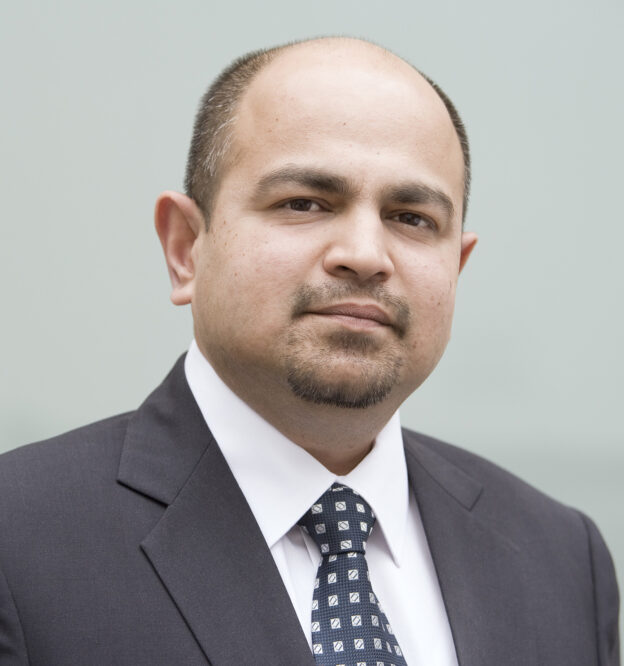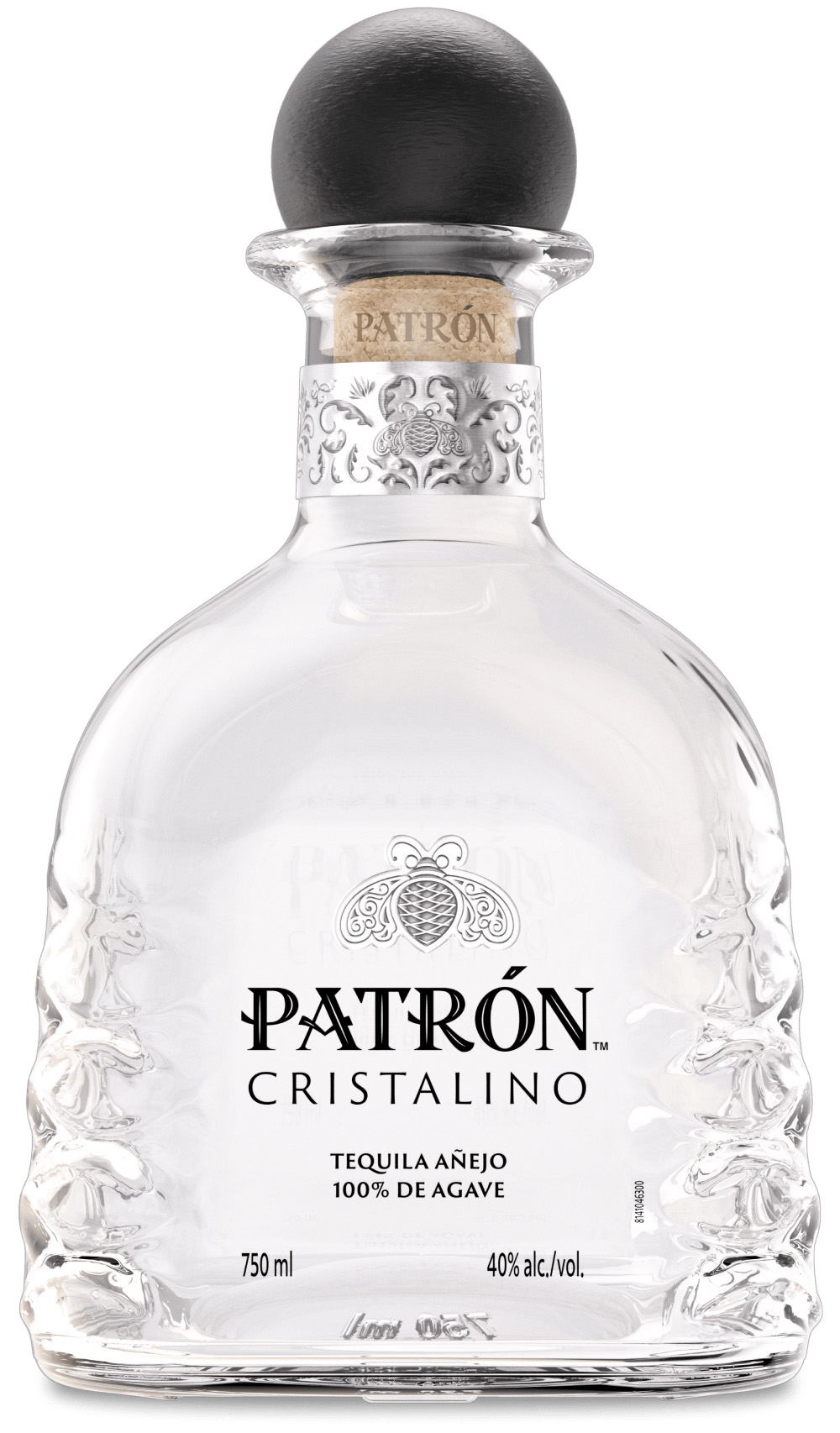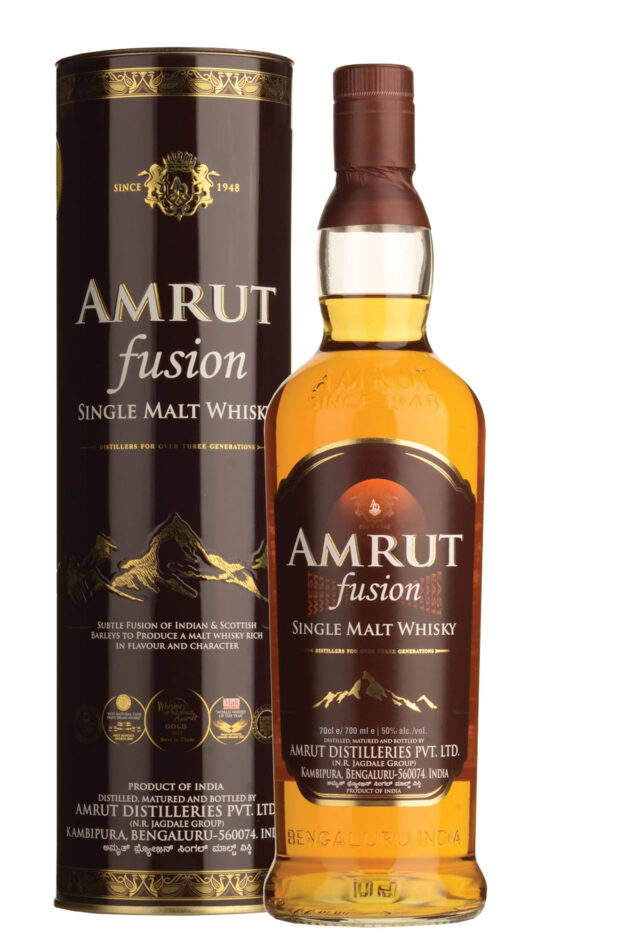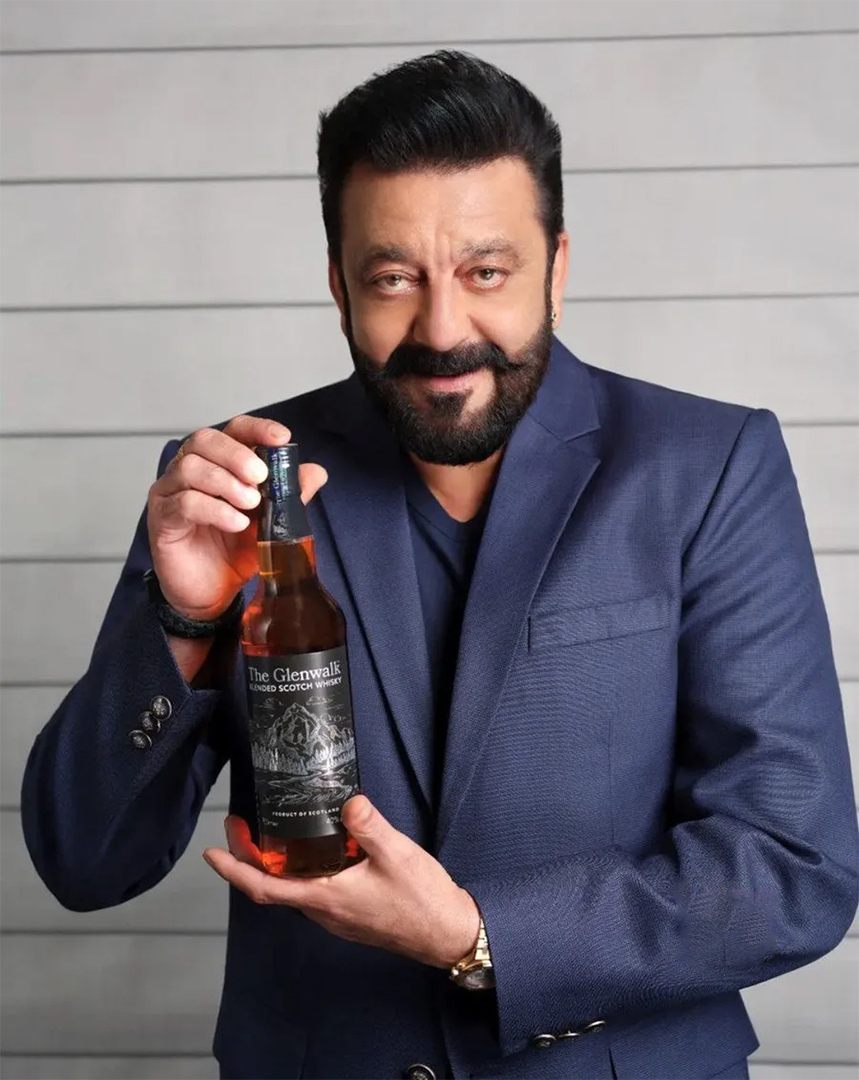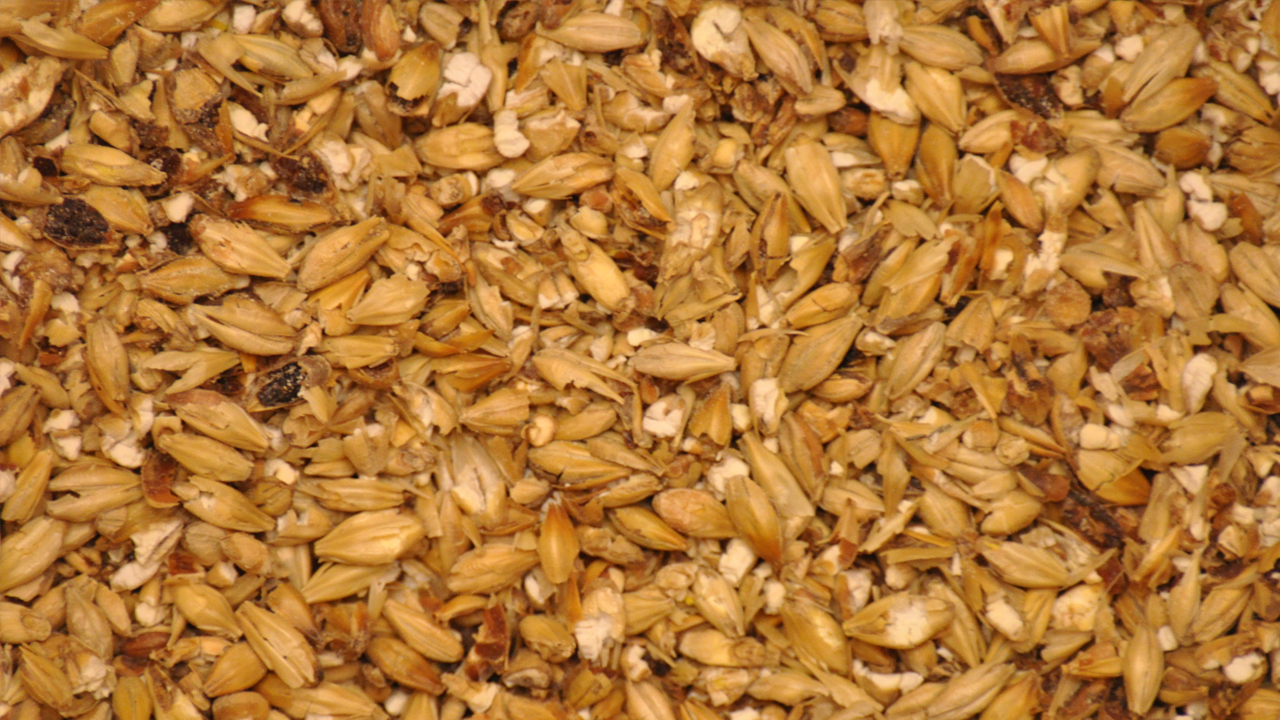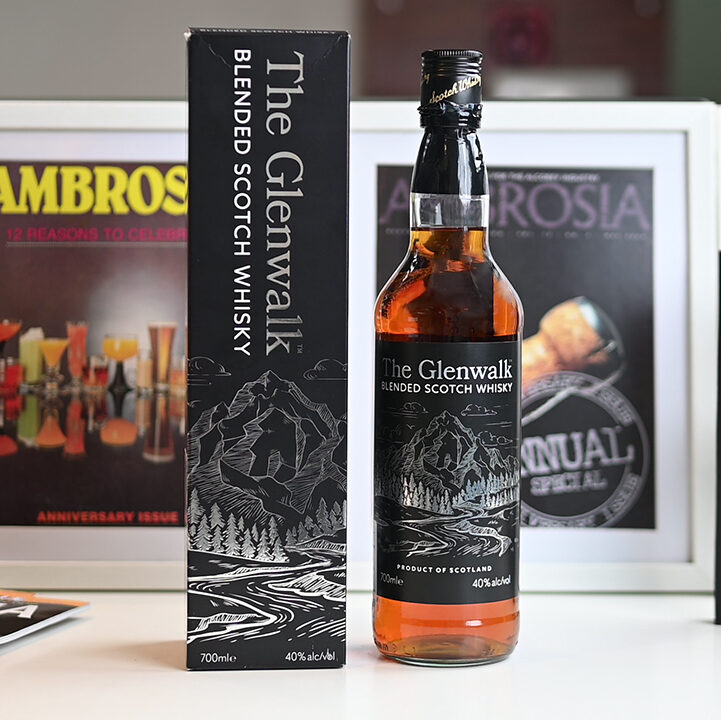Buffalo Trace Kentucky Straight Bourbon Whiskey is one of the most celebrated bourbons in the world, crafted by the renowned Sazerac Company. Over the years, it has received numerous accolades for its quality and craftsmanship, standing out as a classic American bourbon.
Interestingly, India reduced the import duty on bourbons to 50% earlier this year, paving the way for more premium labels to enter the country. Buffalo Trace has already made its way here and is priced at around ₹5,000 in Mumbai for a 750ml bottle (ABV 45%). It is also available in Goa, Delhi, Pune, and Chennai, where it may retail at a lower price.
What Makes a Bourbon?
Bourbon is a distinctive style of American whiskey, made with at least 51% corn and aged in new, charred oak barrels. While it is often associated with Kentucky, it can legally be produced anywhere in the U.S. An interesting point is that the spelling of whiskey in America is usually with an “e.”
A fun fact: Jack Daniel’s, which enjoys immense popularity in India, technically meets the definition of bourbon but is more widely recognized as a Tennessee Whiskey.
Why the Name “Buffalo Trace”?
The name pays tribute to the mighty American Buffalo, a symbol of rugged independence and pioneering spirit. It reflects the brand’s heritage and its homage to America’s early frontier history.
How It’s Made
Buffalo Trace Bourbon is crafted using a low-rye mash bill of corn, malted barley, and rye. The grains are fermented with a proprietary yeast strain, then distilled twice—first in a column still, then in a doubler—to refine the flavor.
It is aged for 6–8 years, considerably longer than most bourbons, in new charred American oak barrels. Once matured, the barrels are carefully selected and blended, ensuring that each batch matches the distillery’s “Gold Standard.” If it doesn’t meet the benchmark, it simply doesn’t get bottled.
The whiskey is produced at the historic Buffalo Trace Distillery in Kentucky, the oldest continuously operating distillery in the U.S., with over 200 years of heritage. It has earned the title of the World’s Most Award-Winning Distillery.
The Master Distiller
Buffalo Trace has been shaped by legendary names such as Colonel E.H. Taylor, George T. Stagg, William Larue Weller, and Elmer T. Lee. Today, the bourbon is overseen by Harlen Wheatley, who became Master Distiller in 2005. He is the sixth Master Distiller since the Civil War era.
Packaging
The bottle design is classic and understated, reminiscent of vintage whiskey bottles. The front label is simple yet striking, featuring the image of a buffalo alongside the brand name. The side label details the whiskey’s heritage and production.
Notably, Buffalo Trace contains no added color—its rich amber hue comes naturally from years in charred oak barrels.
Nosing Notes
- Strong notes of vanilla, caramel and brown sugar
- Hints of honey and toasted oak
Tasting Notes
- Complex aromas of vanilla, mint, and molasses
- Flavors of brown sugar, spice, oak, toffee, dark fruit and anise
- Smooth, balanced and layered
How to Enjoy
Buffalo Trace is best enjoyed neat or on the rocks, though it works equally well in a classic bourbon cocktail. In India, many drinkers may prefer it mixed, but its smoothness makes it worth trying in its pure form.
Conclusion
Buffalo Trace Kentucky Straight Bourbon Whiskey delivers an impressive balance of flavor, smoothness, and heritage. While bourbon isn’t as widely consumed in India compared to Scotch or blended whiskies, Buffalo Trace offers a premium experience that justifies its reputation.
At ₹5,000, it may be a niche purchase, but for those who enjoy Jack Daniel’s or other American whiskeys, Buffalo Trace is a natural next step. Its quality explains why it continues to win awards worldwide – and why it deserves a place on your shelf.

